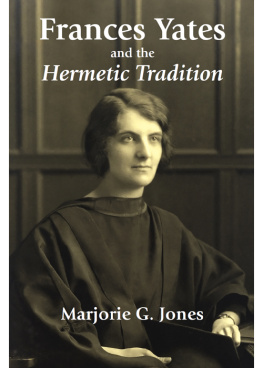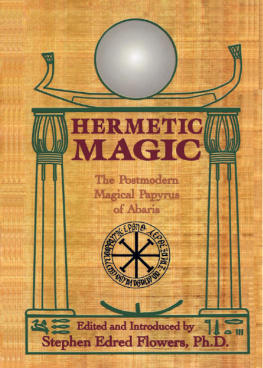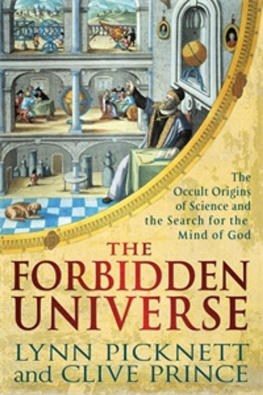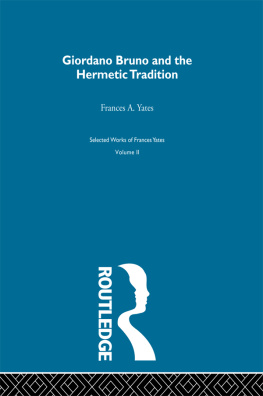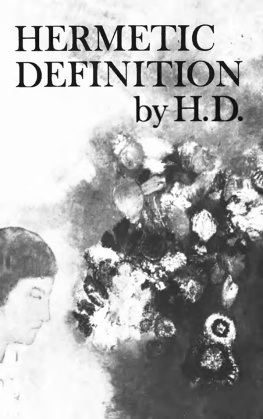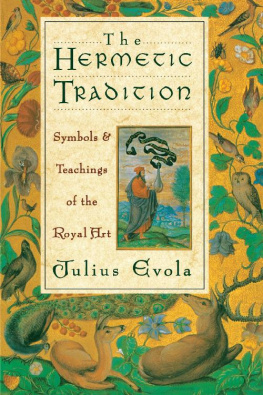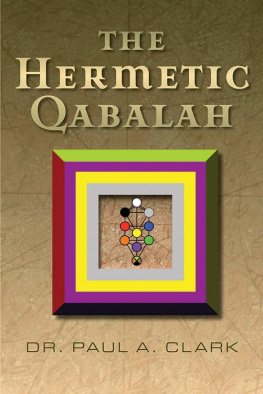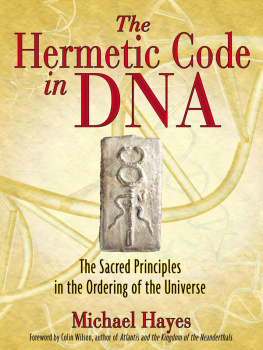Omnia quia sunt, lumina sunt.
ERIGENA

To Buster & Lucy, Miranda & Bramchildren of the revolution
The Physics of Transfigured Light

Here is an intense exploration of a developmental Hermetic imaginary in conjunction with onto-cosmology, metaphorized as a metaphysics of light. And light it is! Fourth dimensional ideal objects, topological mythologemes, rewritten metahistory, paradigm shifts (or not), morphological deformation, vertigralist hermeneutics, neo-Cartesian technologies, virtual realities, panpsychism, ancient texts, and more, all explored in the context of a Hermetic understanding whose duration pervades the modern and post-modern worlds. Marvell is an astonishing polymath whose a new way of looking challenges the reader to look into the transmogrifying presence of ancient ideas instilling the very heart of contemporary life, from modern science to AI and beyond. Replete with a wide array of sources, disciplines, and intermixed genres, with constant adaptive forms and figures, Marvells syncretic imaginary is a tour de force of creative thinking, poetry, and philosophic splendor. Highly recommended!
LEE IRWIN, PH.D., PROFESSOR OF RELIGIOUS STUDIES,
COLLEGE OF CHARLESTON
Marvells work highlights how current Western perspectives on scientific reasoning and theory are work of the imagination rather than from an assumed pure perspective unbridled with superstitions. He sees the work of contemporary scientists as a continuation of pre-seventeenth-century natural philosophers where, through empirical and methodical research on parameters of the real, they seek active agency in transmuting physical phenomena into usable material, much like transforming lead into gold.... This book is already a classic, a cornerstone of frontline inquiries in the humanities and its relationships with science. Marvells masterpiece is a must-read for any serious understanding of contemporary mind struggling with reality and metaphysics.
J. F. MARC DES JARDINS, PH.D., C.M.D.,
ASSOCIATE PROFESSOR OF RELIGION,
CONCORDIA UNIVERSITY
Readers interested in Einstein, Gurdjieff, Ficino, Plotinus, the Tibetan bardo, surrealism, the history of science, Neoplatonism, the Hermetica, Robert Fludd, Rosicrucianism, chaos and complexity theory, artificial intelligence, or cognitive science will find this book an indispensable adventure.
RONNIE PONTIAC,
CONTRIBUTOR TO REALITY SANDWICH
Acknowledgments
A number of colleagues and friends provided support and inspiration during the writing of this book. Two colleagues in particular supported my no doubt overly ambitious ideas and research when I began this project many years ago: Professor Robert Hodge and Associate Professor Jane Goodall.
This new edition would not have come about if it were not for two brilliant stars who appeared unexpectedly in the firmament, or at least in my little cosmos: Ronnie Pontiac of Newtopia magazine (and other singular accomplishments) and Jon Graham of Inner Traditions, both of whom saw to it that the lamp was not extinguished. My thanks to both of you.
Finally, the six most important people in my lifeSusan, Buster, and Lucy, and Yolande, Miranda, and Bramprovided inestimable support and love during the writing and research of this book. Their contribution to its fruition can never be adequately acknowledged.
Foreword
Every now and then, one comes across a book so wild in its ambition that one does not know quite what to think of it. At times, the thought might cross ones mind that it is a ludic work, more a result of play than of labor. And as one continues, one begins to realize that because of its scope and ambition, there are real insights herethat the author, ranging across centuries and continents, is developing a map that we have never seen before, that here is a new combination of the modern and the ancient. Such a book is The Physics of Transfigured Light.
It is no doubt true that we live in a time when virtually the whole of the human inheritance is available to us in ways that never before have been possible. Ours is a kind of sunset era, when all manner of colors are spread across the sky. In The Physics of Transfigured Light, Leon Marvell takes full advantage of this characteristic of our time, moving freely from contemporary physics and computer science to film and to ancient modes of thought, notably Platonism and Hermetism, in order to show how patterns inhere in human culture and help to explain not only the remote past, but our present and future as well. This is a book about patterns, about what Ioan Couliano termed the building blocks of religion and culture; it is a book not only of ideas, but of Ideas.
By Ideas, of course, I refer to Platonic Ideas, and to Platonic metaphysics. While Platonism may be out of favor in much of the contemporary academy, in fact Platonic metaphysics may well provide the antidote for much of what ails our beleaguered, disoriented, even lost world of the academic humanities. Here, our author only hints at the importance of Platonic metaphysics, focusing primarily on the Hermetic tradition, but it has become increasingly clear that Hermetic and Gnostic currents in antiquity are part of the larger Platonic family, or at least, that they overlap much more than we once might have thought. By bringing a Platonic-Hermetic perspective to bear on modern technology, we see the world in which we live in very different and illuminating ways.
How are we to understand the modern relevance of Hermetic or Platonic perspectives? What relationships might they bear to such disparate topics as Tibetan Buddhism, contemporary theories of physics, film, biology, cultural theories? Are there links between ancient thought and the modern world that we havent seen before? These are the kinds of questions that Leon Marvell explores and to which he begins to propose answers in The Physics of Transfigured Light.
To say this is an unusual bookas you by now must be awareis an understatement. A simile might help to understand it: it is as if the author repeatedly is striking a stone of ancient wisdom against a very modern piece of finely wrought steel, producing copious sparks. Some sparks may fall on rock, some may fall on cold earth, but some fall on tinder and may even begin to light a fire or two. This simile echoes, of course, the famous observation of Plato in his seventh letter that insight is conveyed like a spark from one to another. Sometimes dense, sometimes wild, this is a book that is going to surprise, engage, and provoke you. Enjoy!
ARTHUR VERSLUIS, PH.D.
Arthur Versluis, Ph.D., chair of the Department of Religious Studies and professor in the College of Arts and Letters at Michigan State University, is the editor in chief of Esoterica and the founding president of the Association for the Study of Esotericism. He is the author of numerous books, including Sacred Earth, Restoring Paradise, The New Inquisitions, Magic and Mysticism, and Religion of Light.
Preface to the New Edition
At the time of this writing new shivers are running through the intellectual atmosphere: it only needs courage to face them.
COMTE DE LAUTRAMONT (ISADORE DUCASSE)
I would like it to be known that, as of the time of this writing, the phi losophy of materialism is dead.


